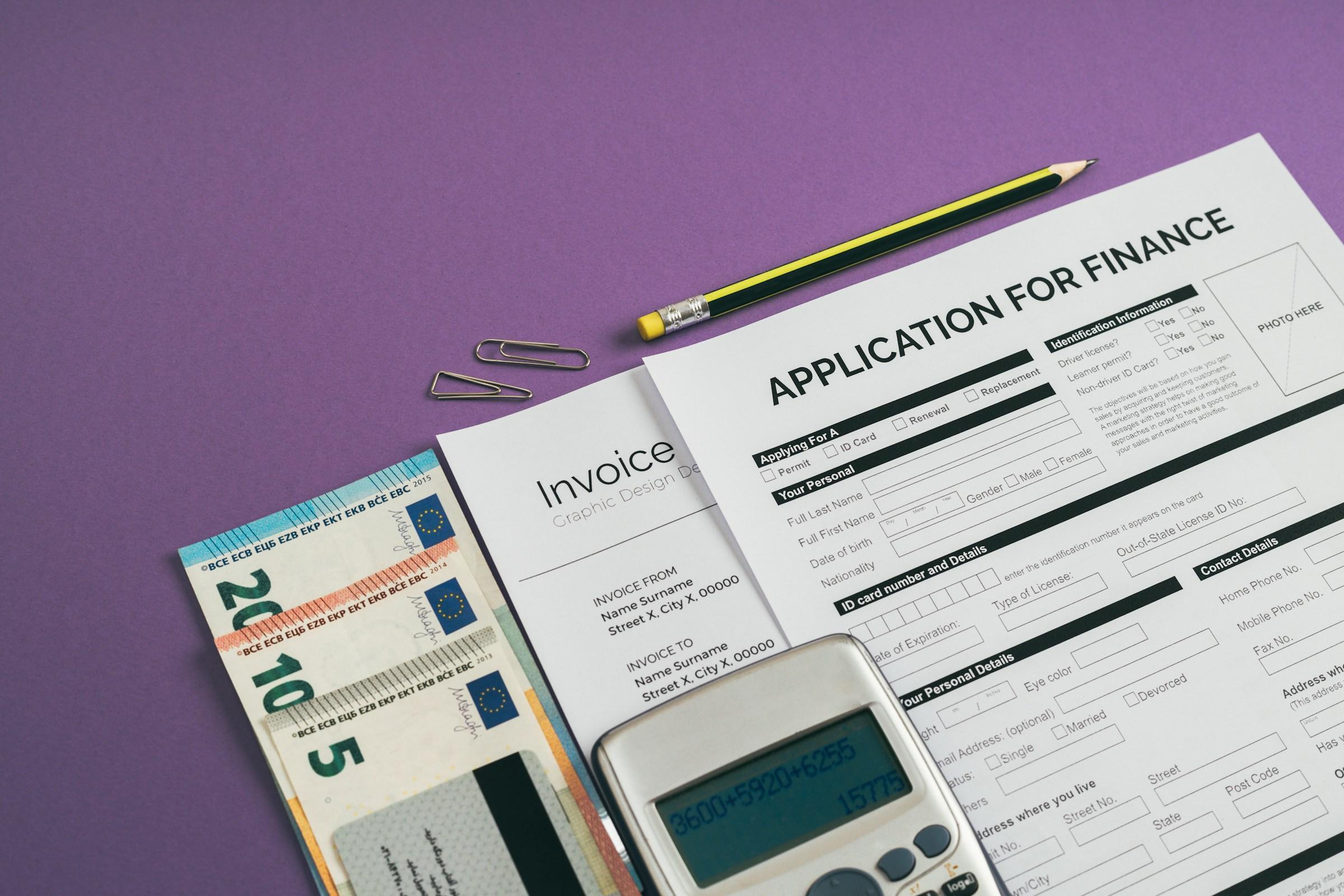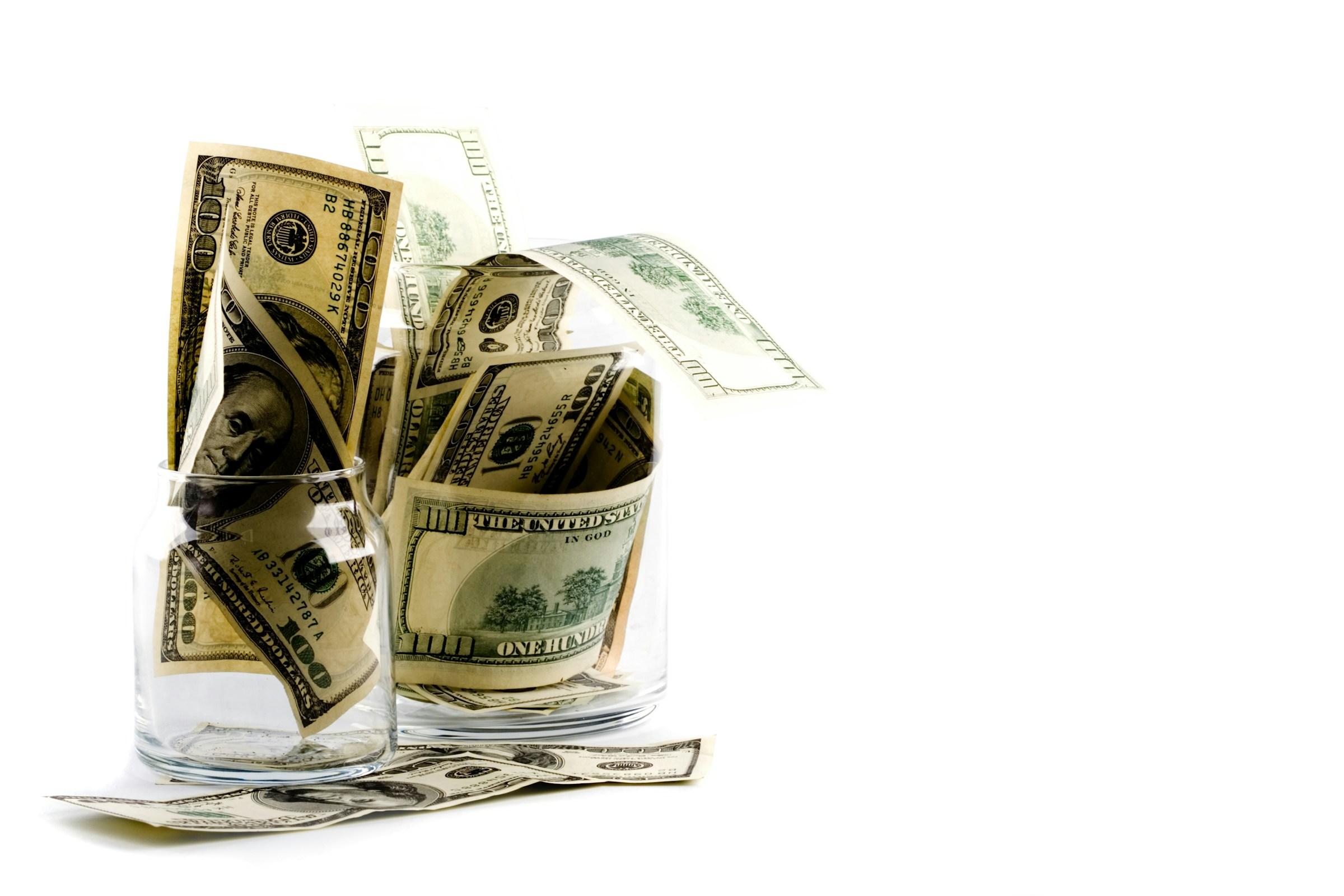Missing a payment rarely feels dramatic in the moment. An app flashes a red notice, a late fee appears, and a small promise forms that everything will be fixed next month. Life gets in the way, work hours change, rent is due, and the payment is postponed again. The danger is in how quietly this slide begins, because the consequences of unpaid debt rarely arrive as a single event. They gather in layers. Interest grows on top of interest, fees stack in the background, credit files start to tell a harsher story, and the relationship with the lender shifts from customer to account in trouble. This essay walks through that progression in plain language, shows how the system responds at each stage, and offers a practical way to regain control before a short setback becomes a multi year rebuild.
The first change is mathematical rather than moral. Interest is not a polite suggestion, it is an automatic calculation that continues regardless of intention. When a minimum payment is missed, unpaid interest is often added to the principal, which means future interest is computed on a larger number. If a product carries a promotional rate, that offer can be cancelled after a sequence of late payments, and the account reverts to a much higher rate. Late fees may be applied repeatedly, and if the growing balance crosses the credit limit, over limit fees can trigger as well. This is how a manageable balance grows into a stubborn one, not because the original amount was impossible, but because the penalty structure accelerates the growth precisely when money is tight.
Credit files react next, and they do so in a way that affects far more than the current bill. Payment history is the single most influential factor in common scoring models. A thirty day late mark is a warning light. Sixty days looks worse. Ninety days tells lenders that a short term delay has become an unresolved problem. Scores decline accordingly. A lower score does not live only within the world of credit cards. It can affect car insurance rates in some markets, make apartment applications more difficult, and raise the cost of future borrowing across the board. A choice to delay one account today can translate into higher prices on essentials next year, which is why an emergency triage plan needs to consider both the present bill and the long arc of access to housing, transport, and basic services.
As the delinquency ages, the relationship with the original lender often changes form. At a certain point an issuer may classify the account as charged off. This is an accounting step, not an act of forgiveness. The debt still exists. After a charge off, the lender may continue to collect or may sell the balance to a third party at a discount. To the borrower, this switch usually means a new set of letters and calls. Collection agencies are built for follow up. They operate with scripts, dialers, and timelines, and they are persistent. Over time, some will offer settlements for less than the full amount. That can be useful in certain cases, but it comes with trade offs. Settlements can be reported as settled for less than the full balance, which affects credit history, and in many jurisdictions the reduction is treated as taxable income. These are not reasons to avoid a sensible agreement, they are reasons to understand the full picture before accepting a quick discount that later creates a surprise.
Legal escalation sits further down the path, and not every debt heads there, but many can. Credit cards, personal loans, medical bills, and some other unsecured debts may result in lawsuits depending on local rules. If a borrower is sued and does not respond, a default judgment can be entered. A judgment can open the door to wage garnishment, bank levies, or property liens, again subject to jurisdiction. The most expensive mistake at this stage is silence. Courts decide based on evidence and procedure. Responding on time preserves rights. Demanding validation requires the collector to produce documentation. In some cases, errors in records or deadlines can lead to dismissal. None of that happens if the notice is ignored. Showing up is not a guarantee of victory, but it is often the difference between a controlled outcome and a forced one.
There is a human tax that rarely appears on a statement. Unpaid debt changes everyday habits. People start to avoid unknown numbers, delay opening email, and check their banking apps less often. Decision quality declines when anxiety rises. Purchases get less deliberate, and the mind drifts toward short term relief instead of long term benefit. This is not a flaw in character. It is a predictable response to stress and shame. The problem is that avoidance turns solvable issues into chronic ones. A three month cash flow crunch can become a three year credit problem if fear prevents basic steps like contacting the lender, mapping the balances, or opening the mail from a court.
If the account is already behind, the first practical step is information gathering. Guessing keeps anxiety alive. Open every lender app, confirm the current balance, the status of the account, the last payment date, and whether a penalty rate is active. Pull your official credit report through the proper channels in your country and confirm which accounts are reported as late, which are in collections, and which remain current. Put all of this on a single page. The act of consolidating scattered numbers into one view turns a cloud of dread into a plan. Projects can be managed. Vague worry cannot.
Once the facts are on the page, priority decisions become possible. Essentials come first, because stability matters more than speed. Housing, utilities, basic transport to work, and food take precedence so that income can continue. Next, identify the debts with the highest impact or the highest cost. High impact means accounts that can quickly cause legal trouble or disrupt daily life if neglected. High cost usually means double digit interest, which is common on credit cards and short term loans. Some people prefer to pay down the smallest balance first to build momentum, a method often called the snowball approach. Others attack the highest rate first to minimize interest paid, which is often called the avalanche method. Either can work if it fits a real budget and reduces stress enough to sustain the habit. The best technique is the one you can repeat month after month.
Communicating with lenders early often creates options that do not exist later. Many issuers and banks maintain hardship programs that can temporarily reduce interest, waive fees, or spread missed payments over a short plan. Calls go better with specifics. Explain what changed, state what you can pay, and give a timeline for becoming current. Record the name of the agent, the date, and any agreement. Follow up by secure message or email to create a written record. If the first attempt fails, try again. Call center outcomes vary because human discretion is involved. Persistence can produce a different result without changing the facts.
If catching up within a few months is not realistic, consider structural solutions. A consolidation loan replaces several high rate balances with a single payment at a lower rate. The math can be helpful, but only if the new loan is genuine, the fees are modest, and the old cards are not used again. Many failures in consolidation come from keeping the spending habits that created the first set of balances. A nonprofit credit counseling agency can also assemble a debt management plan. Under such a plan, the agency negotiates lower interest with creditors, and the borrower makes one payment through the agency. This can simplify life and reduce cost at the same time. If income is too low for even a structured plan to make sense, settlement or legal remedies may be next. Debt settlement aims to pay less than the full balance in exchange for closing the account, and it tends to harm credit for a period of time. Bankruptcy is a legal reset designed to discharge some debts and reorganize others under court supervision. It is serious, but it exists to give people a path back to usefulness when all other routes are blocked. A qualified professional in the relevant jurisdiction can explain options, eligibility, and consequences, which vary widely by country and state.
Small operational tweaks can create breathing room while the larger plan unfolds. Automating token payments on open accounts can prevent new late marks while you focus on one target balance. Even small automated amounts can keep additional damage from accumulating, though interest will continue. Aligning due dates with paydays reduces accidental lateness. Many lenders will change the due date on request. Splitting a payment into weekly or biweekly slices can be easier to manage than a single large transfer, especially for people with variable income. These changes are not magic. They remove friction so that discipline has room to work.
Protecting tomorrow’s applications begins as soon as stability returns. Keep your oldest no fee card open if possible, because credit age helps scores. Make on time payments across the board, even if the amounts are modest, because consistency matters more than intensity in scoring models. If a collection is accurate, ask about pay for delete in markets where that practice is permitted. Some collectors will remove their entry upon payment in full or upon a negotiated settlement. Always secure the agreement in writing before sending money. If removal is not possible, paying still matters, and a brief consumer statement can provide context for future manual reviews. Many lenders appreciate evidence that a period of hardship started and ended rather than simply lingered.
For people who plan to move countries, note that credit histories rarely travel with passports. The blank slate of a new market can be a blessing if used carefully. Starter products such as secured cards or newcomer programs can begin the rebuild quickly. The key is to avoid repeating old patterns. Design the system around your behavior, not the other way around. If tap to pay makes spending too easy, use cash for certain categories or move that category to a prepaid envelope or a digital envelope app. If sales pitches lead to impulse buys, delete shopping apps and reinstall only during planned purchase windows. The most valuable asset during recovery is not a particular product or trick. It is the set of rules you create to defend your attention and your budget.
The stories we tell about debt shape how we face it. Many people internalize the idea that debt trouble signals a personal failure. That story keeps problems hidden and delays requests for help. In reality, debt spirals often begin with medical bills, job loss, business closures, family emergencies, or simple miscalculations about the power of compound interest. The system is not judging anyone. It is executing code. That can sound cold, but it is useful. When you stop trying to persuade the system to like you and start using it like software, you discover where the buttons are. You learn which inputs change outcomes and which gestures are ignored. That knowledge removes shame and replaces it with action.
If collectors already call and anxiety rises with every notification, options still exist. Ask for debt validation in writing. Request itemized statements. Confirm who owns the debt. Confirm the date of the last payment. Learn the statute of limitations on collection lawsuits in your area, and avoid restarting the clock by making a small payment without understanding the rules. If court papers arrive, read them and respond within the stated time. Appear at the hearing. Many people lose cases because they do not show up, not because their case was weak. If help is needed, hire someone who is paid to represent you, not someone who is paid by the entities trying to collect from you. Real help is quiet, structured, and focused on outcomes rather than drama.
The consequences of unpaid debt are serious, but they follow a pattern that can be interrupted. Interest builds, fees arrive, scores fall, accounts are sold, and legal action becomes possible. At every stage there is a door to a different outcome. The earlier you act, the more doors remain open. Start with a clear map of the balances and statuses. Stabilize essentials so that life continues while you fix the numbers. Choose a payoff method that you can follow without quitting. Ask about hardship options and document every agreement. If structure is needed, consider consolidation or a reputable debt management plan. If the situation is beyond those tools, get credible advice about settlement or bankruptcy, and make a deliberate choice rather than drifting toward the harshest default.
Recovery is not a heroic leap. It is a series of small, repeatable actions that slowly reverse momentum. One bill opened. One call placed. One agreement honored. One habit installed. Each step looks small on its own, yet each step teaches the system to treat you as reliable again. More important, each step helps you see yourself as capable of making money decisions under pressure. That confidence is the real payoff. Debt is not a label. It is a period. With clarity, patience, and a few well chosen moves, that period ends, and the next sentence of your financial life begins.










-1.jpg&w=3840&q=75)



.jpg&w=3840&q=75)